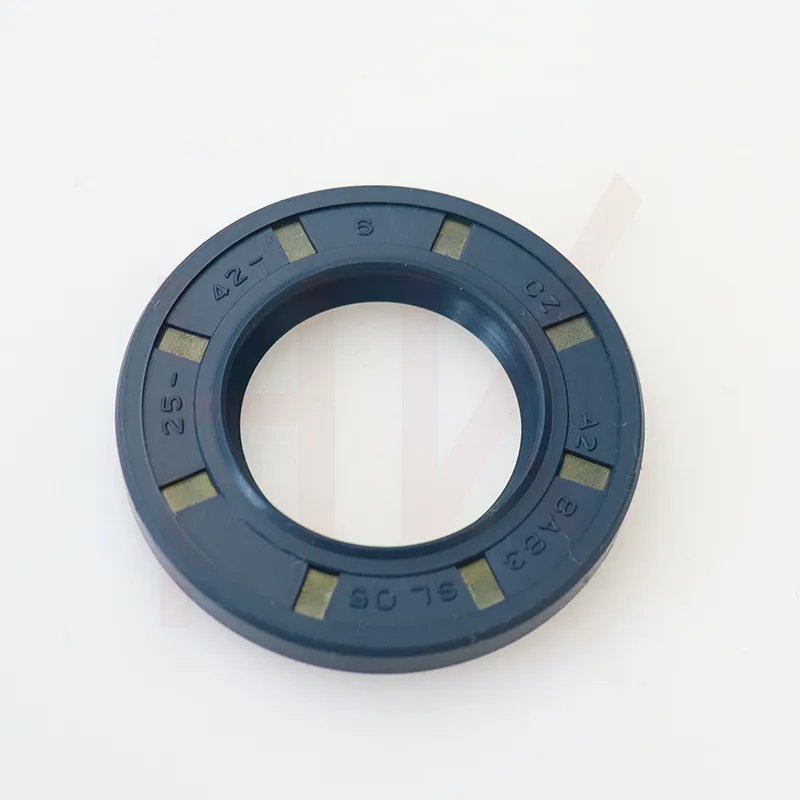Nov . 24, 2024 02:46 Back to list
high pressure pump seal
Understanding High-Pressure Pump Seals Importance, Types, and Maintenance
High-pressure pumps are critical components in various industrial applications, ranging from oil and gas to water treatment and chemical processing. Given the significant role these pumps play, ensuring their reliability and efficiency is paramount. One of the most vital components in maintaining the functionality and longevity of high-pressure pumps is the pump seal. In this article, we will delve into the importance of high-pressure pump seals, explore the different types available, and discuss essential maintenance practices to enhance their performance.
Importance of Pump Seals
Pump seals serve as a barrier to prevent the leakage of fluids from the pump chamber to the outside environment. In high-pressure applications, the risk of leaks is heightened due to the extreme conditions under which these pumps operate. Leaking fluids can lead to various issues, including environmental contamination, safety hazards, and increased operational costs due to the loss of product.
A well-functioning seal not only prevents leaks but also protects the pump components from wear and tear caused by the high pressure and chemical nature of the fluids being pumped. This is particularly crucial in high-pressure systems where failures can lead to catastrophic consequences, including equipment damage or operational downtime.
Types of High-Pressure Pump Seals
There are several types of seals used in high-pressure pumps, with the choice often depending on the application and the nature of the fluids being handled. Here are some of the most common types
1. Mechanical Seals These are widely used in high-pressure applications due to their ability to handle significant pressures and varying temperatures. Mechanical seals consist of two primary components a stationary part and a rotating part. The interaction between these two parts creates a seal that prevents leakage.
2. Packing Seals Packing seals involve the use of a soft material, typically braided fibers, that are compressed against a shaft to create a seal. While they are generally less effective than mechanical seals in high-pressure scenarios, they are still widely used for their simplicity and ease of installation.
3. O-Ring Seals O-rings are circular seals made of elastomer materials that provide a static seal between two surfaces. They can be used in high-pressure applications, but their effectiveness is often limited by the material properties and compatibility with the fluids being pumped.
high pressure pump seal

4. Lip Seals Also known as radial shaft seals, lip seals consist of a flexible lip that presses against a shaft to create a seal. They are suitable for high-pressure applications, particularly in situations involving rotary movement.
5. Seal Faces In some high-pressure applications, especially those involving corrosive fluids, specialized seal faces made from hard materials may be employed. These seal faces enhance durability and resist wear caused by aggressive chemicals.
Maintenance Practices
To ensure the longevity and performance of high-pressure pump seals, regular maintenance and inspection are essential. Here are some best practices
1. Regular Inspections Conduct periodic visual inspections of the pump seals to identify signs of wear, damage, or leakage. Early detection can prevent more significant issues down the line.
2. Monitoring Operating Conditions Keep track of operating pressures, temperatures, and fluid characteristics. Deviations from recommended parameters can lead to premature seal failure.
3. Lubrication For seals that require lubrication, using the appropriate lubricant can significantly extend seal life. Ensure that the lubricant is compatible with the fluid being pumped.
4. Replacement Be proactive in replacing seals that show signs of wear or fatigue. It is often more cost-effective to replace seals before they fail completely.
5. Proper Installation Ensure that seals are installed correctly according to manufacturer guidelines. Improper installation can lead to leaks or premature failure.
In conclusion, high-pressure pump seals are essential for ensuring the effective operation of pumping systems across various industries. Understanding the types of seals available and implementing a robust maintenance strategy can help reduce the risk of leaks and extend the operational life of pumps. As industries continue to evolve, the importance of reliable sealing solutions will remain a key factor in achieving efficiency and safety in high-pressure applications.
-
TCN Oil Seal Metal Ring Reinforcement for Heavy Machinery
NewsJul.25,2025
-
Rotary Lip Seal Spring-Loaded Design for High-Speed Applications
NewsJul.25,2025
-
Hydraulic Cylinder Seals Polyurethane Material for High-Impact Jobs
NewsJul.25,2025
-
High Pressure Oil Seal Polyurethane Coating Wear Resistance
NewsJul.25,2025
-
Dust Proof Seal Double Lip Design for Construction Equipment
NewsJul.25,2025
-
Hub Seal Polyurethane Wear Resistance in Agricultural Vehicles
NewsJul.25,2025
-
The Trans-formative Journey of Wheel Hub Oil Seals
NewsJun.06,2025
Products categories
















